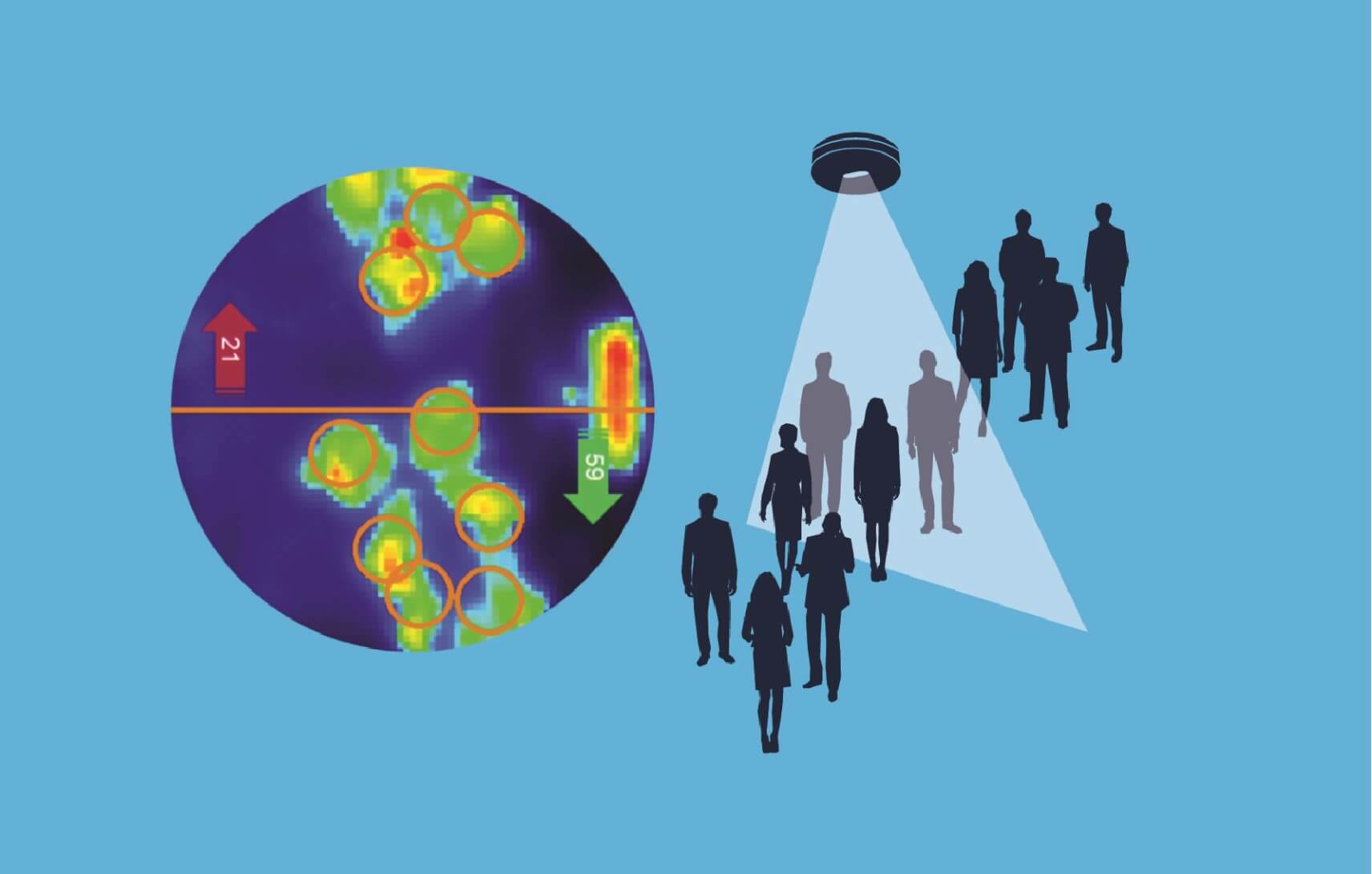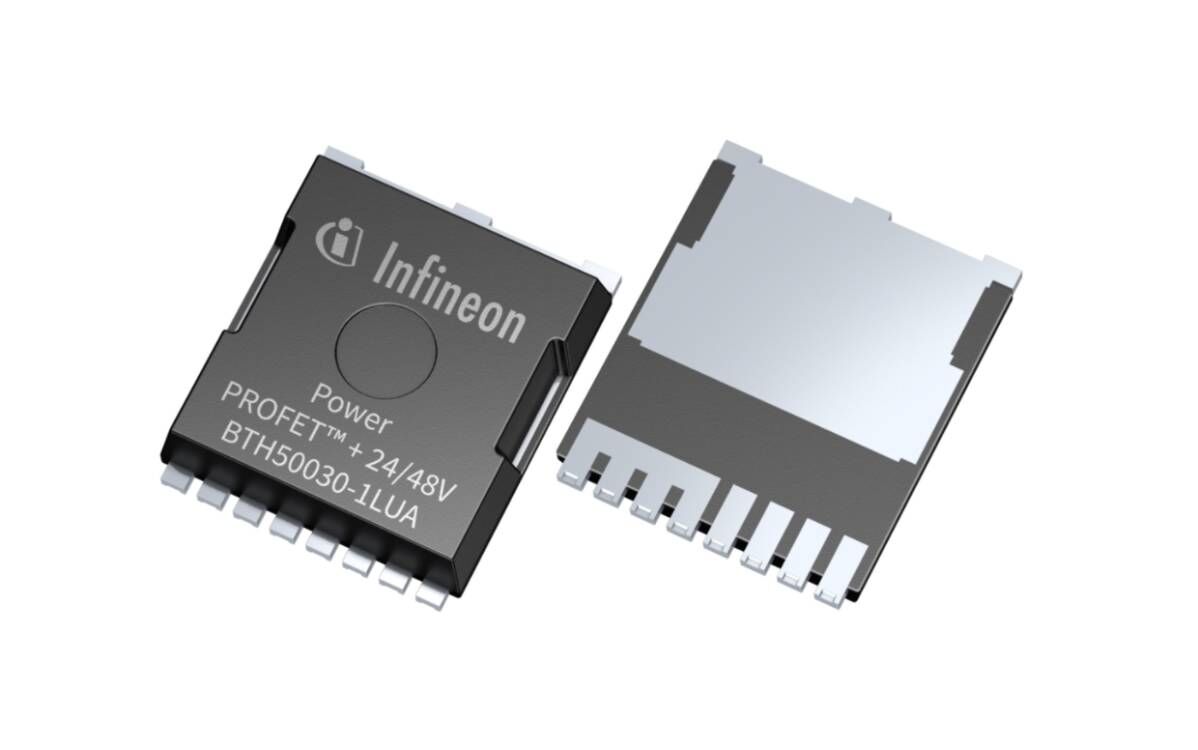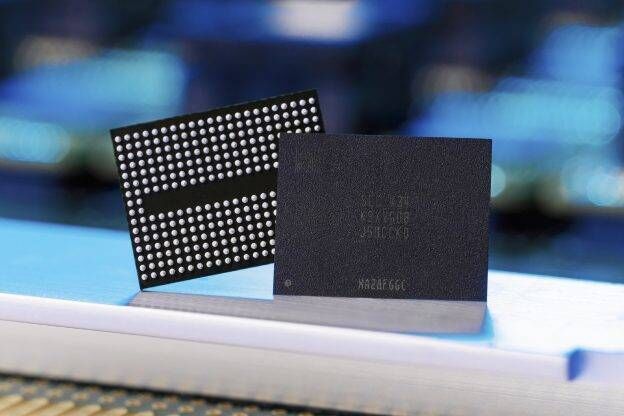STMicroelectronics and Schneider Electric are demonstrating a prototype IoT sensor that enables new building-management services and efficiency gains by understanding building-occupancy levels and usage.
The two companies have collaborated to integrate Artificial Intelligence (AI) into a high-performance people-counting sensor, which overcomes the challenge of monitoring attendance in large spaces with multiple entrance points. Schneider Electric will demonstrate this IoT sensor as a guest at ST Live Days, during the IoT&5G session on November 19, 2020.
With the digitization of building occupancy, Schneider is following its mission to be its customers’ digital partner for sustainability and efficiency by delivering new and highly valuable insights such as queue monitoring to assist smart building management while respecting individuals’ privacy by design. The advanced IoT sensor has been developed by combining the high expertise of ST’s AI group and the deep sensor-application expertise of Schneider Electric to identify and embed a high-performing object-detection neural network in a small microcontroller (MCU).
Schneider Electric’s increase in design productivity comes from its use of the STM32Cube.AI toolchain, which has mature capabilities for developing AI applications for the broad portfolio of STM32 MCUs. This allowed Schneider Electric to gain valuable flexibility and efficiency in hardware design from the engineering resources, sophistication, and ease of use provided by the STM32Cube software-development ecosystem.
The prototype people-counting sensor combines a LYNRED ThermEyeTM family thermal imager, integrated in a unique ultra-low-power design created by Schneider Electric, with a Yolo-based Neural Network model running on the recently introduced high-performance STM32H723 MCU from ST.
“This promising technology opens a new solution for attendance monitoring and people counting in numerous applications such as monitoring queues, building usage, and social distancing,” said Maxime Loidreau, IoT Sensors Program Manager at Schneider Electric. “Our innovative demonstration, created with STMicroelectronics, finds applications in various segments, from hotels to offices and retail, and more generally any building where knowing attendance and space occupation has a value. This will redefine the building of the future!”
“This project demonstrates the power of deep learning to enhance embedded data-processing performance, showing how high-value applications can be hosted on a cost-effective microcontroller-based platform,” added Miguel Castro, AI Solutions Business Line Manager at STMicroelectronics. “Our STM32Cube.AI ecosystem empowers users to create flexible solutions within a fast time-to-market window. Customers can enjoy even greater productivity leveraging the support of our technical team to overcome engineering challenges.”












All Comments (0)